Remember screensavers? – Strange text, images flying around the screen. Yes, that screensaver we are going to talk about today. Screensavers not always have stuck in between images or simple text, many generous people have created so many different screensavers with different textures and graphics to really make us to be entertained. Those were quite popular even a few years ago. Frankly, those screensavers were really fun to look at. So do Screensavers are for fun intended? was its purpose just entertainment? No. Let me tell you why.
Problems With Ancient TV/Monitor Technology
In the 80s, CRT TVs and CRT Monitors were just flooded the market – big bulky back and bloated stomach screens. Yes we are talking about those. The main reason for using screensavers was to prevent these monitors from image burn-in. If a static image is displayed on a CRT monitor for a long time, it gets permanently imprinted on the monitor’s screen.
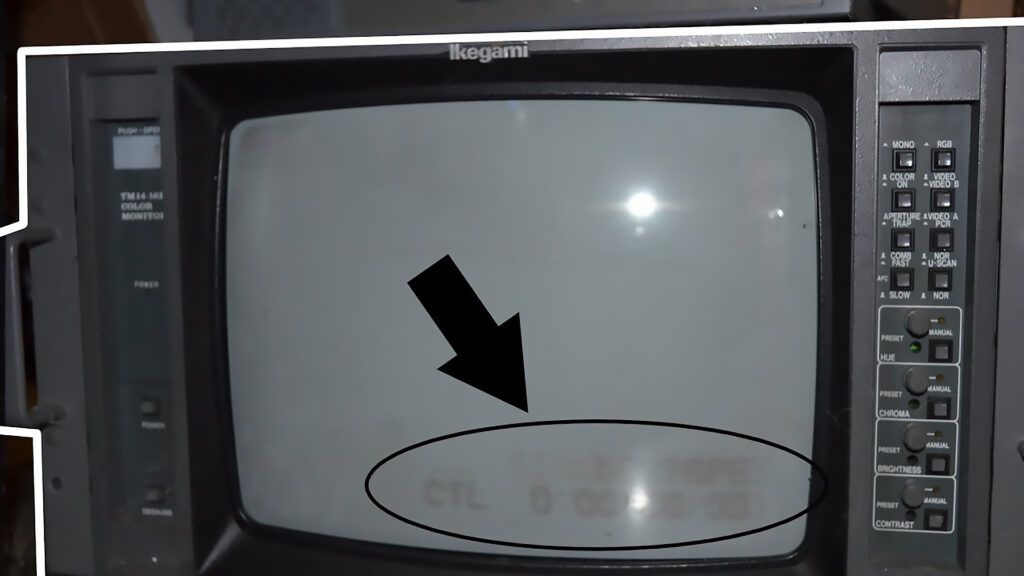
The phosphor coating on the cathode ray tube wears out according to the shape and structure of the image and turns into black. This is called image burn-in. Even if the monitor is turned off, the burn-in can still be visible. This is also called a ghost image. Therefore, whenever a new image was displayed on the monitor, the burn-in image also had to be shown together, which degraded the image quality of the monitor.
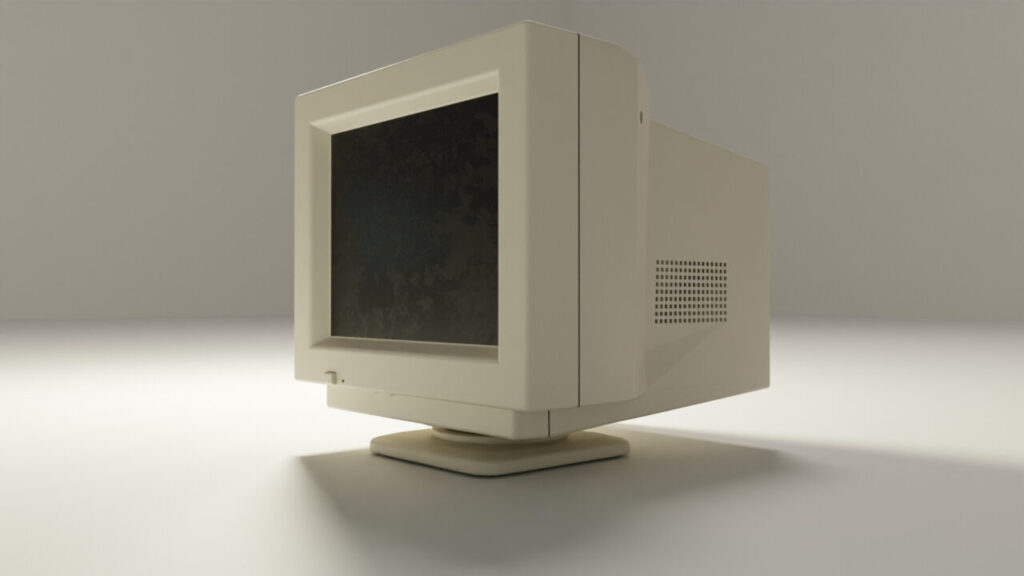
Screensavers was Must Back Then
In those days, the operating system was programmed in such a way that if the computer remained idle for some time without any mouse movement or keyboard input, i.e., no input was received by the computer, the screensaver would automatically turn on. So that a static screen would not be displayed for a long time. Screensavers are always movable – something is always running or moving around the screen so at least nothing stays static for long. This way the screen can be saved.

This problem also existed with CRT TVs at that time. If the TV was left ‘ON’ for a very long time, the logo of TV channels, news bars of news channels, and tickers would get imprinted on the screen’s phosphor layer and make the screen almost unusable.
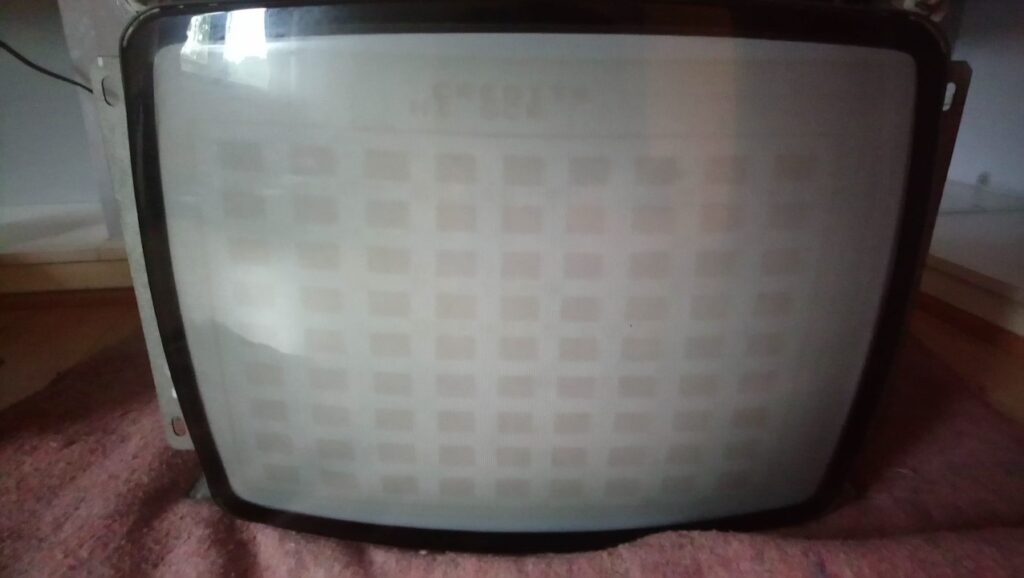
To protect our TVs even CD/DVD players back then had the option of screensavers. If there’s no disc or something playing that doesn’t move for quite a while for example music after a certain time the screensaver automatically turns on.

As with improvement in TV technology, this problem slowly becomes obsolete. The problem of burn-in was rare on colored CRT TVs but people still use screensavers because it’s really fun to look at.
Don’t Skip: CD/DVD Disappear but Why? Rise of Streaming?
Screensavers are No Longer Necessary
Nowadays, screensavers are really not necessary. Today CRT monitors are completely obsolete. In today’s LCD or LED monitors, there is no need for a screensaver. Instead, if you leave your monitor on for a long time by turning on the screensaver, your monitor will fail very soon. LCD and LED monitors or TVs use the backlight as a source of illumination.
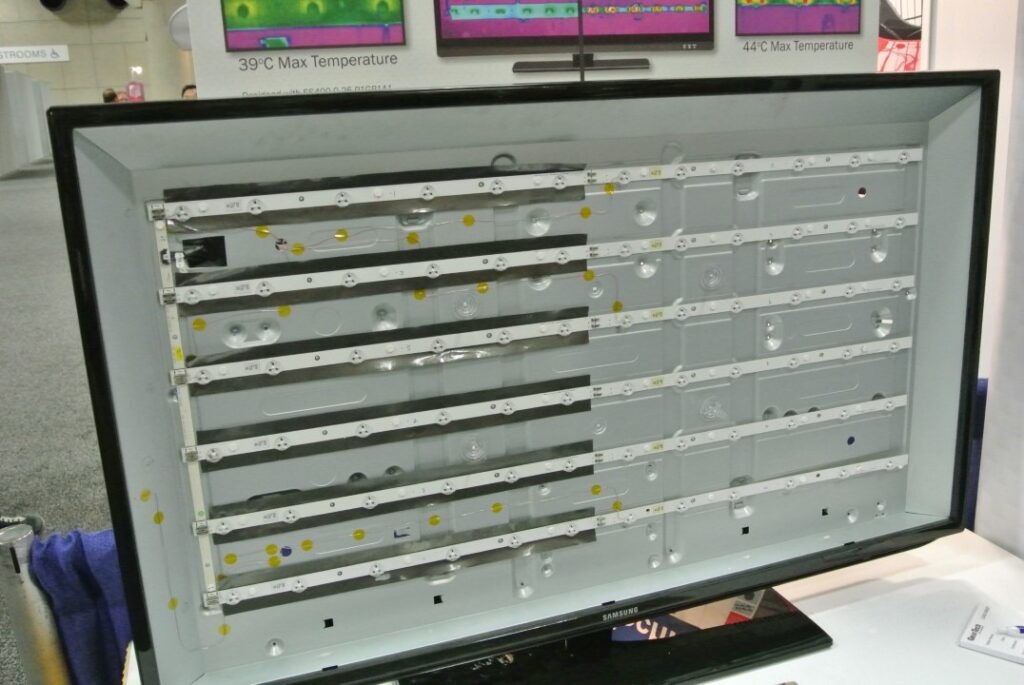
Fluorescent tubes or LEDs are used as a backlight. Both have a limited lifespan, and over time the brightness of fluorescent tubes decreases. With LEDs, the same thing can happen – either they loose the brightness or in some cases, after a certain time, the LEDs get damaged. Whatever happens, that ultimately makes the monitor almost unusable.
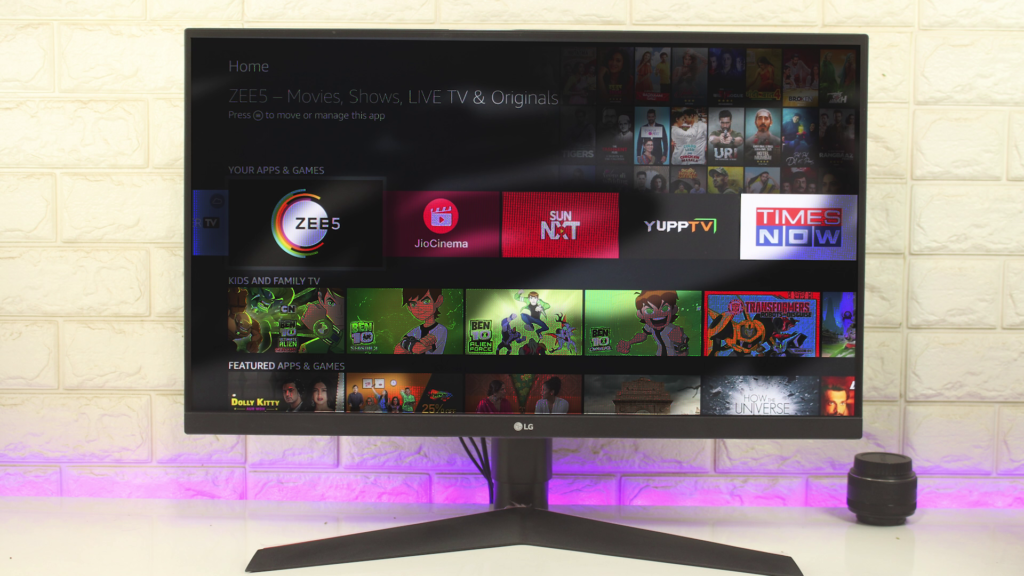
The same is true for modern televisions. Today, if you use a screensaver, it will only serve an aesthetic purpose. Otherwise, using it will not be beneficial, and it may even problems.
Do Screensavers Save Power?
You may have the misconception that the screensavers save electricity, which is not true at any case. If you are running a complex screensaver that requires a lot of GPU rendering or CPU intensive then CPU/GPU works but more as they should in the idle mode which consumes electricity and of course, as while displaying the screen saver monitor will still be on so it will consume electricity. However, for OLED monitors darkish screen savers might save some electricity.
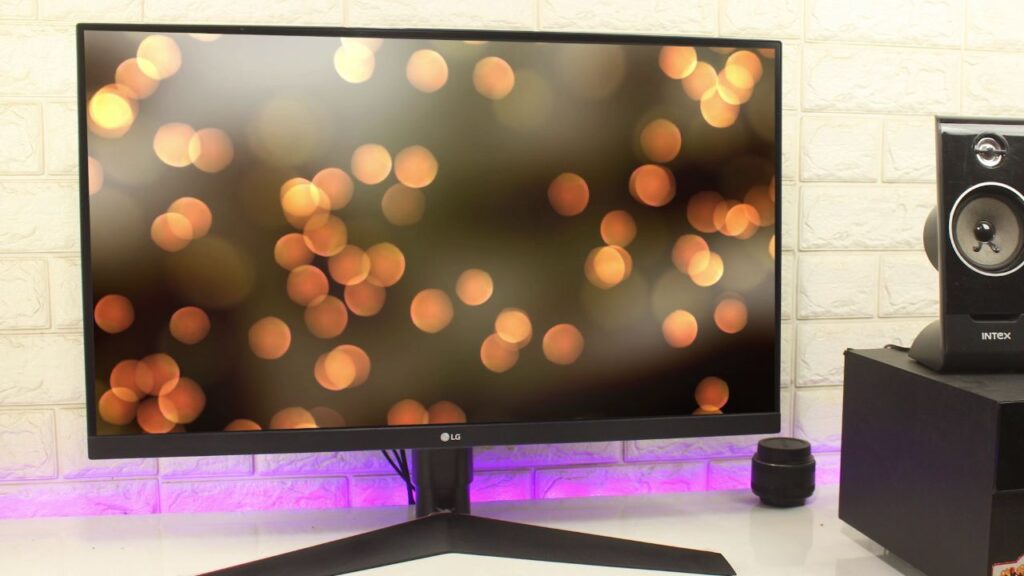
Alternate Of Screen Savers
If we particularly talk about monitors, you can set the screen timeout in the OS. If you are using a laptop, setting the display to turn off automatically after a certain period not only prolonged the life of the display but also can help to save battery life. If you are using a desktop, setting the monitor to turn off after a certain period can help extend the life of the monitor and save electricity. Of course, you can also manually turn off the monitor by using the on/off switch of the monitor body.
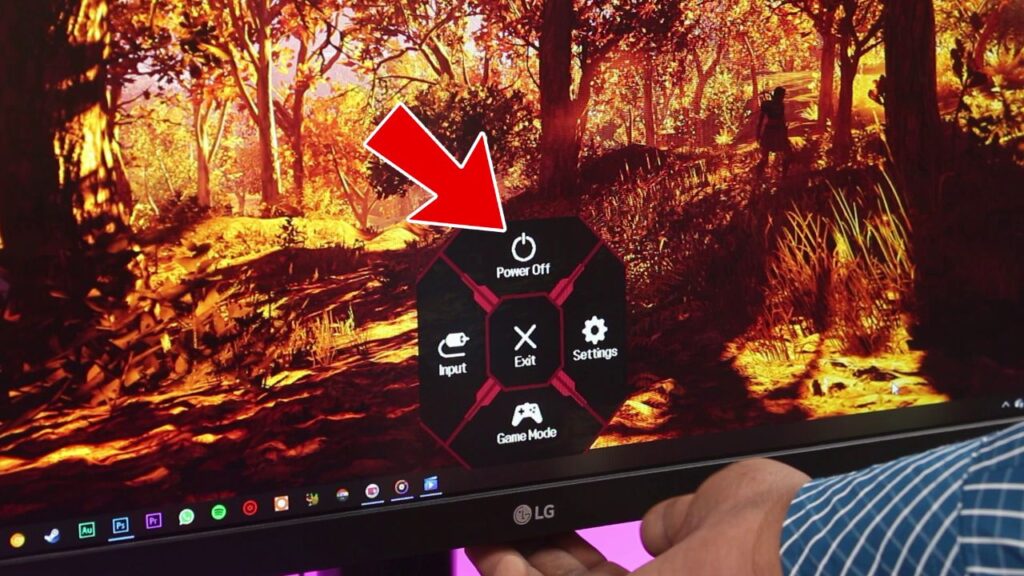
OLED TV/Monitor Need Screensaver
However, if you have an OLED monitor or TV, the situation is completely different. OLED technology also has the problem of burn-in. If you are using an OLED TV and it is connected to a video source such as a game console or Android box or even a computer, it is recommended to use screen savers or screen timeouts. If static picture is shown in the OLED screen for very long time then eventually the mark of the image is imprinted on the screen and it can’t be removable. Whatever nex you will watch on the display the previous burn-in mark will always be present which definitely looks pretty bogus. To save OLEDs from burn-in you can follow a few techniques.
Don’t Miss: Desktop Vs Laptop: Same Configuration Perform Differently: Why?

Prevent OLED From Image Burn-in
Do not use the OLED TV at full brightness. This also applies to LED or LCD panels as well. If you use your screen at full brightness then for LED/LCD backlight loses its life pretty quickly. For OLED there’s obviously no backlight but individual pixels get dimmer ultimately the peak brightness of the TV decreases and screen burn-in is definitely an issue.
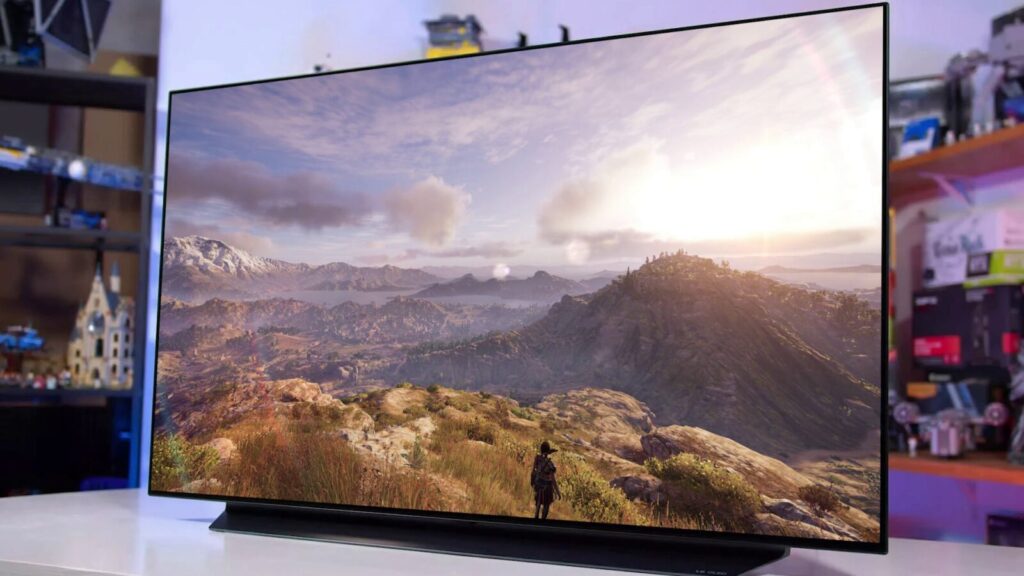
It is not possible for the TV to avoid static images completely, such as if you are watching different TV channels, each has its logo, watching mews then have news bars. If you are in stock market/trading then tickers are pretty much static. Even if you are playing a game in your OLED then the game has multiple HUDs which are pretty much static.
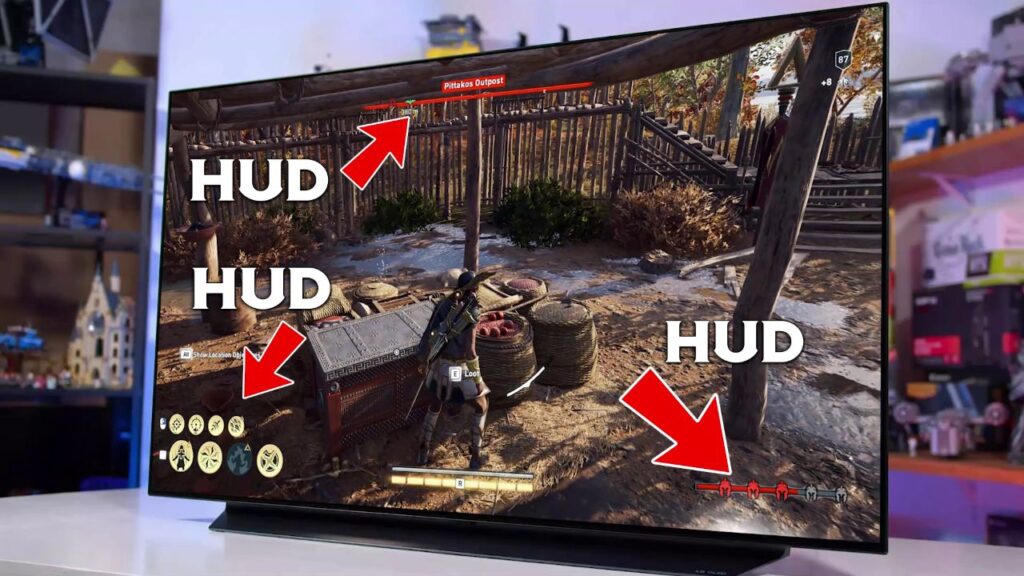
So you can’t avoid static images what you could do is for OLED TVs, you can use pixel-shifting technology, which is available in most OLED TVs maybe with different names but it will present definitely. This means that if a portion of the TV is displaying a static image, the TV will automatically detect it and shift the pixels a little bit of that particular static image from time to time or depending upon the TV and inbuild technology the pixels of the static portion refreshes frequently to prevent burn-in.
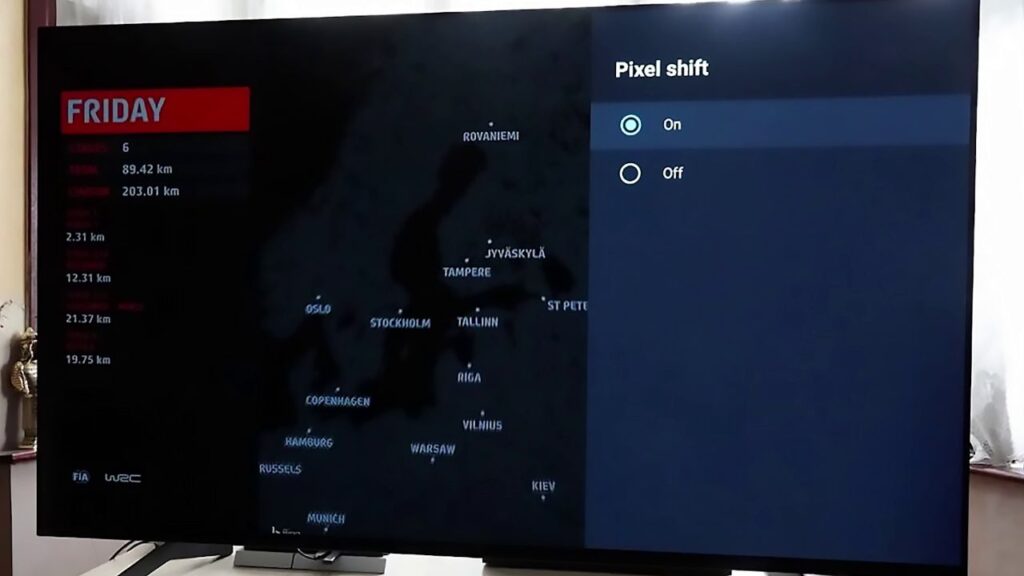
And, ofcourse for OLED TVs, it is always recommended not to display any static image on full screen at full brightness for an extended period.
In the Concluding Lines…
So, screensavers aren’t made for just fun. As its name says, its job was to save the screen. However, this is now almost obsolete but still some screen savers are really fun to look at. Now you know why screensavers were made. That being said hope you guys have enjoyed this article and learned something new. If so then what are you waiting for share this article with your friends. They will definitely appreciate it. Thanks for visiting.
